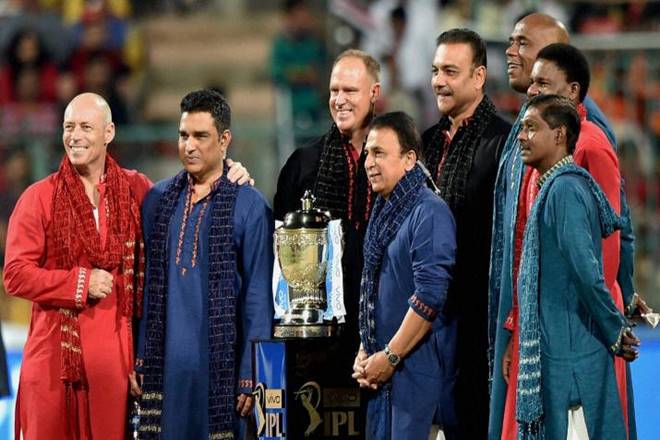 With the IPL 2020 seems certain to be held in UAE from late September to early November, the broadcaster is entertaining the idea of introducing “virtual commentary” in the T20 league after being encouraged by its successful recent experiment.
With the IPL 2020 seems certain to be held in UAE from late September to early November, the broadcaster is entertaining the idea of introducing “virtual commentary” in the T20 league after being encouraged by its successful recent experiment.
See Also: UAE cricket board waiting for official word from BCCI on hosting IPL 13
During a 36-over exhibition game held in South Africa last Saturday (July 18), Irfan Pathan was doing commentary from his Baroda home, Deep Dasgupta from Kolkata and Sanjay Manjrekar from his Mumbai residence.
Apart from the commentators, the crew members were also stuck in different parts of the country while the director was sitting in Mysore.
The experiment was quite successful, albeit some teething troubles. It could be a regular feature in the 13th edition of IPL, if not for the main feeds in Hindi and English, at least for growing regional feeds like Tamil, Telegu and Kannada to begin with.
“It was an extraordinary experience though we were worried throughout because the internet speed can fluctuate and that affects the voice quality. Anything can happen anytime in live cricket and with technology not fully in your control, it can be tricky but Star did a wonderful job,” Pathan told PTI.
“Though this was an exhibition game, everyone took it very seriously as they all wanted the show to resume (after months of break).
“Star is usually very thorough with its planning and execution but commentary from home in the IPL will be a massive challenge,” the former all-rounder added.
The ongoing COVID-19 pandemic led to the idea of starting commentary from home as it will not only ensure safety of the commentators but also cost-effectiveness.
IPL broadcaster Star India produces as many as 10 feeds for the T20 league with Hindi figuring in as two-third of the overall viewership.
According to a broadcasting industry expert, commentary from “anywhere in the world” can be a regular feature going ahead.
“Remote production has evolved a lot, and technology has enabled it to be to be at par with on site production if not better. Commentary from home is a step forward in that regard and that way anyone can log in from anywhere. It opens up to the world to you,” the expert told PTI.
“Being on the ground is important but when you have a production in place where the commentator could see everything that he would see from the ground, at times with as many as 25 camera angles at his disposal, he can even see more than he would normally see at the ground,” he explained.
For the 3TC Solidarity Cup fixture in Centurion, there was no option but to commentate from home. All commentators were asked to upgrade their internet speeds from 5 mbps to 20 mbps, which is a minimum requirement for live production.
“It is much easier to be in sync when you are sitting next to each other while commentating and creating the same chemistry was a challenge from home,” said Pathan.
“We rehearsed it a day before the game just to test internet quality. We had screens put but we could not see each at all times, so when to pause and when to start talking was a challenge but we pulled it off.
“At times, there was delay in the feed, so there could be overlapping in that scenario. Overall, we did alright but when you are on the ground, it takes your commentary to the next level.
“Commentary is not just about the game anymore, it is all about the cricketers. There is so much detailing and analysis nowadays. Commentary from home is surely an option but not sure how often we can use it,” he concluded.
(With PTI inputs)



